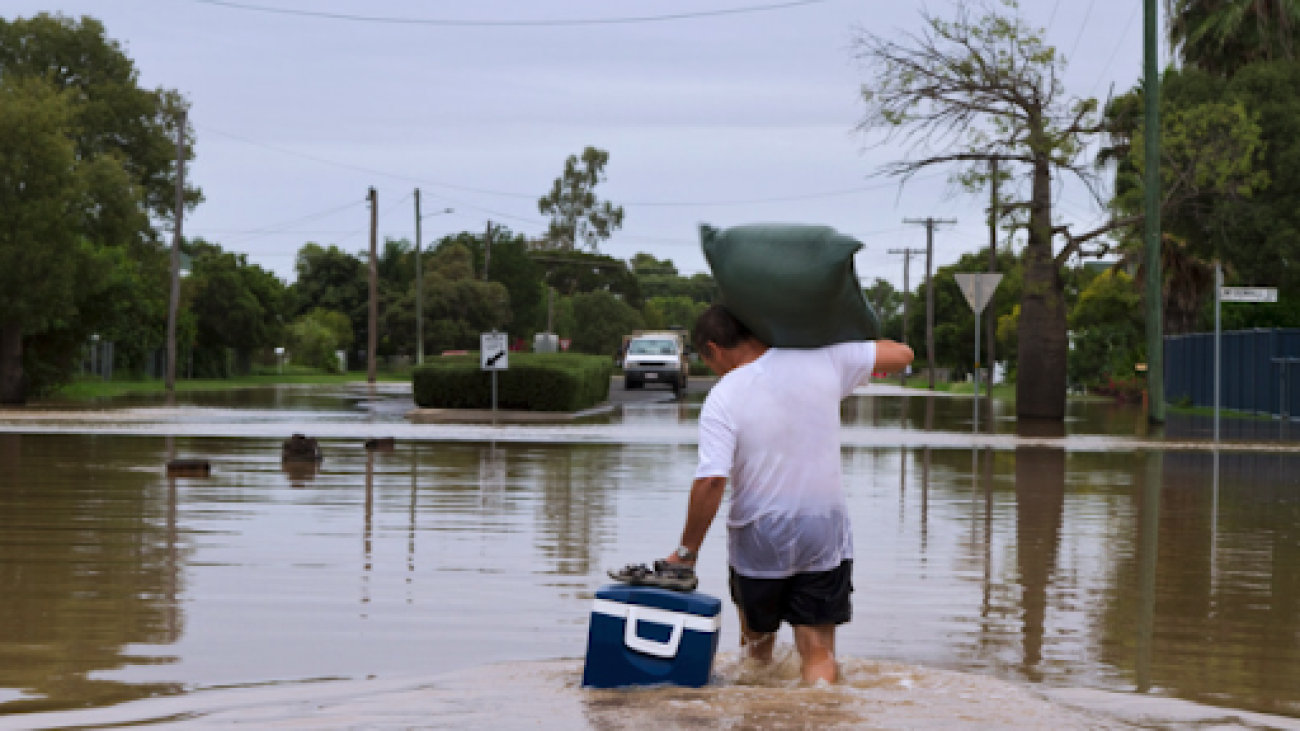Retail Business Insurance Australia | Tailored Cover for Shops, Stock & Staff
Explore why tailored retail insurance is vital for Australian shop owners. Learn how Business Insurance Consulting helps protect your store, employees, and stock from theft, liability, and natural disasters.
Running a retail store in Australia is a bold, rewarding pursuit, but it’s not without risks. Whether you’re managing a local boutique, a franchise, or a multi-location operation, unexpected events can halt your operations, damage stock, or trigger costly legal claims. That’s why having the right insurance for your retail business isn’t just smart, it’s essential.
At Business Insurance Consulting, we specialise in providing Australian retailers with tailored insurance solutions that go beyond one-size-fits-all policies. We understand the unique risks of the retail sector, and we’re here to help protect your livelihood, your staff, and your future.
The Reality of Retail Risks in Australia
Retail businesses in Australia face a broad spectrum of challenges. From a surge in thefts to the growing impacts of climate change, the modern retail landscape requires proactive protection.
- Retail crime costs the Australian industry hundreds of millions annually, according to the Australian Retailers Association.
- Weather events, such as floods, storms, and bushfires, are intensifying, causing disruptions and damaging properties.
- Customer liability claims are on the rise, particularly as stores reopen to full capacity following the pandemic.
- Cyber threats now pose a significant risk to any business that processes digital payments or operates online stores.
Despite these evolving challenges, many retail businesses remain underinsured or, worse, uninsured for the full spectrum of risks.
What Can Go Wrong? Common Retail Scenarios
Imagine these real-life scenarios that could impact your business:
- A freak hailstorm shatters your front display windows and destroys merchandise.
- A customer slips in a puddle near your entrance, breaking an arm, and files a legal claim.
- A thief breaks in overnight, taking thousands of dollars’ worth of electronics.
- Your store is forced to close for a week due to flood damage, halting income entirely.
- Your EFTPOS terminal has been hacked, and sensitive customer data has been compromised.
Each of these scenarios is unpredictable, but all are insurable. With the right coverage, you won’t just survive these events, you’ll bounce back.
Types of Insurance Retailers Should Consider
At Business Insurance Consulting, we build policies around your business. Here are key types of cover we often recommend:
1. Property Insurance
Protects your building, fit-out, signage, and stock from damage due to fire, storm, theft, or vandalism. Vital for both owned and leased premises.
2. Business Interruption Insurance
Covers lost income and fixed costs (like rent and wages) if your business closes due to an insured event. This ensures you can keep the company afloat while you recover.
3. Public and Product Liability
Shields you from legal and compensation costs if someone is injured on your premises or harmed by one of your products.
4. Theft and Money Insurance
Covers cash, point-of-sale equipment, and inventory lost due to theft or burglary. Also covers damage caused during a break-in.
5. Glass Insurance
Retailers with shopfronts should consider specific glass coverage, as broken glass often isn’t fully covered by standard policies.
6. Machinery Breakdown
If your refrigeration unit, point-of-sale (POS) system, or air conditioning system fails, this policy helps cover repair or replacement costs.
7. Cyber Insurance
Essential for online retailers and businesses handling card transactions. Covers losses from hacking, fraud, or data breaches.
8. Workers’ Compensation
Mandatory in all states, this covers wage replacement and medical costs if your staff are injured at work.
Each policy can be tailored to your risk profile and business model—whether you’re running a florist, an electronics store, a clothing outlet, or a multi-brand retail chain.
Why Business Insurance Consulting?
We’re not just another broker. We’re your long-term risk partners.
Tailored Advice:
We work closely with you to assess your operations, identify risk exposures, and design an insurance solution that suits your needs.
Access to Top Insurers:
Our partnerships with leading Australian insurers enable us to offer competitive premiums without compromising on coverage.
Expert Claims Support:
If you ever need to make a claim, we handle it for you – no waiting on hold, no endless forms, just quick and professional assistance.
Annual Reviews:
As your business evolves, so should your insurance. We help review and update your policy to match your current needs, so you’re never caught underinsured.
Avoiding Underinsurance: A Costly Mistake
One of the most common issues in the retail sector is underinsurance—when your policy doesn’t cover the full value of your property or operations.
This often happens when:
- Businesses grow or renovate without updating their policy.
- Stock levels increase seasonally (like during holidays), but the policy doesn’t reflect this.
- Owners often choose the cheapest policy instead of the most suitable one.
Underinsurance can result in significant out-of-pocket expenses when an unexpected issue arises. We help you avoid this by conducting thorough assessments and utilising industry-standard tools to value your assets accurately.
A Case Study: Real Retail Resilience
One of our clients, a homewares store in Far North Queensland, suffered significant damage during Cyclone Jasper in late 2024. The shop’s roof was torn off, and all stock was destroyed by wind and rain.
Thanks to a robust insurance policy arranged through Business Insurance Consulting, the owner received full compensation for the building repairs and stock replacement, plus business interruption cover for two months’ lost income. Without that support, the business might have closed for good.
Climate Change and Rising Retail Risks
Australia’s retail industry is not immune to climate change. Events like bushfires, floods, and cyclones are occurring more frequently, even in regions not traditionally at risk. This not only increases the likelihood of damage but also affects insurance availability and premiums.
That’s why working with an experienced broker like Business Insurance Consulting is more critical than ever. We can help you:
- Navigate the growing complexity of climate risks.
- Understand exclusions in certain high-risk areas.
- Recommend measures that may reduce your premiums (like installing shutters, alarms, or storm-resistant roofing).
Looking Ahead: Protect Your Business Before You Need To
Insurance is one of those things you hope you never need—but when you do, it can be the difference between recovery and ruin.
At Business Insurance Consulting, we work hard to ensure that you’re covered not just on paper, but in reality. From everyday theft to once-in-a-lifetime disasters, we’ve got your back, so you can focus on running your business, not recovering from setbacks.
Get in Touch Today
Don’t leave your livelihood to chance. Let us help you build a comprehensive, affordable insurance plan that protects your retail business at every turn.
Visit Business Insurance Consulting or contact us for a free, no-obligation consultation.
Your shop is more than a business, it’s your dream. Let’s protect it adequately.























